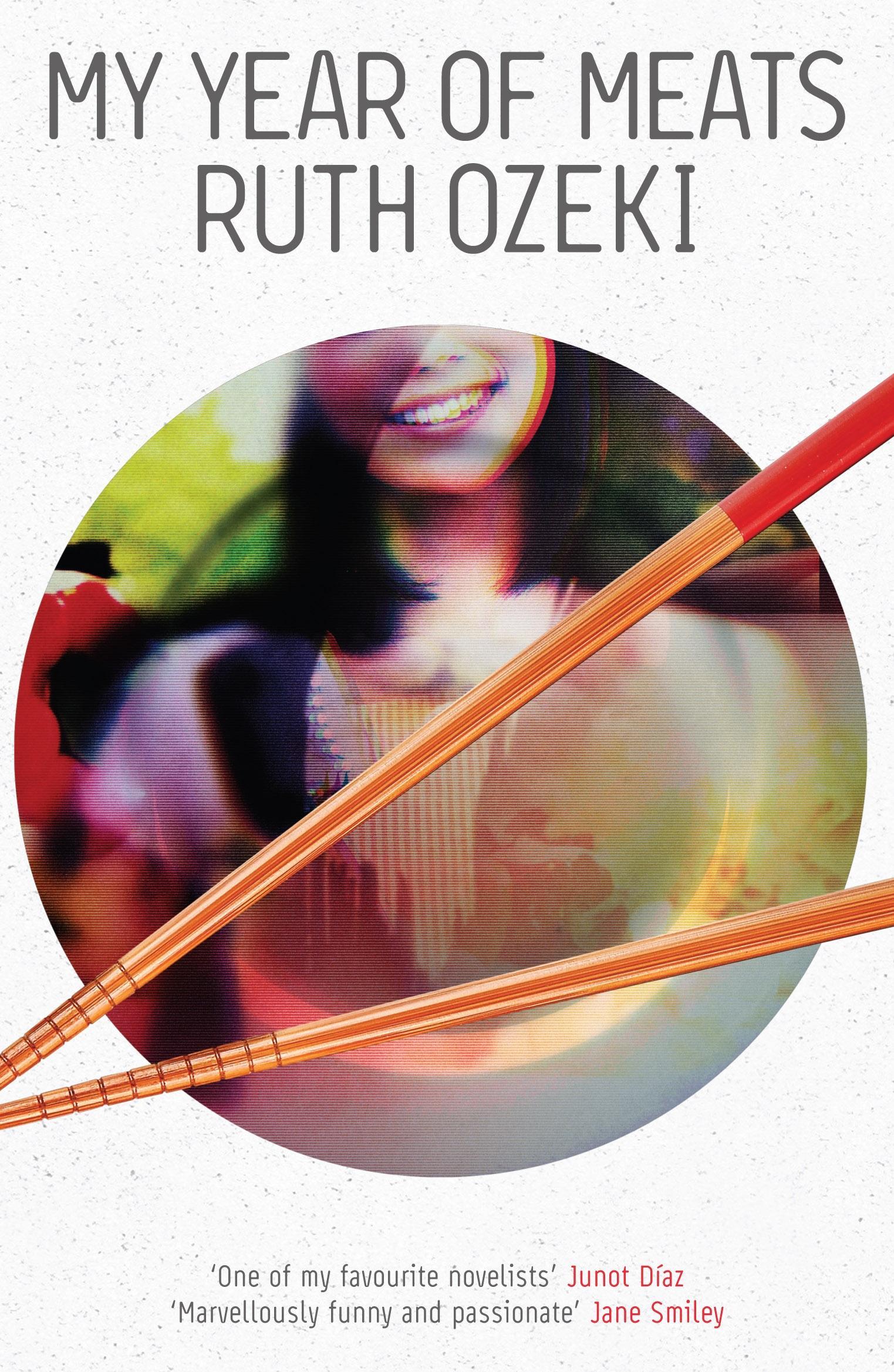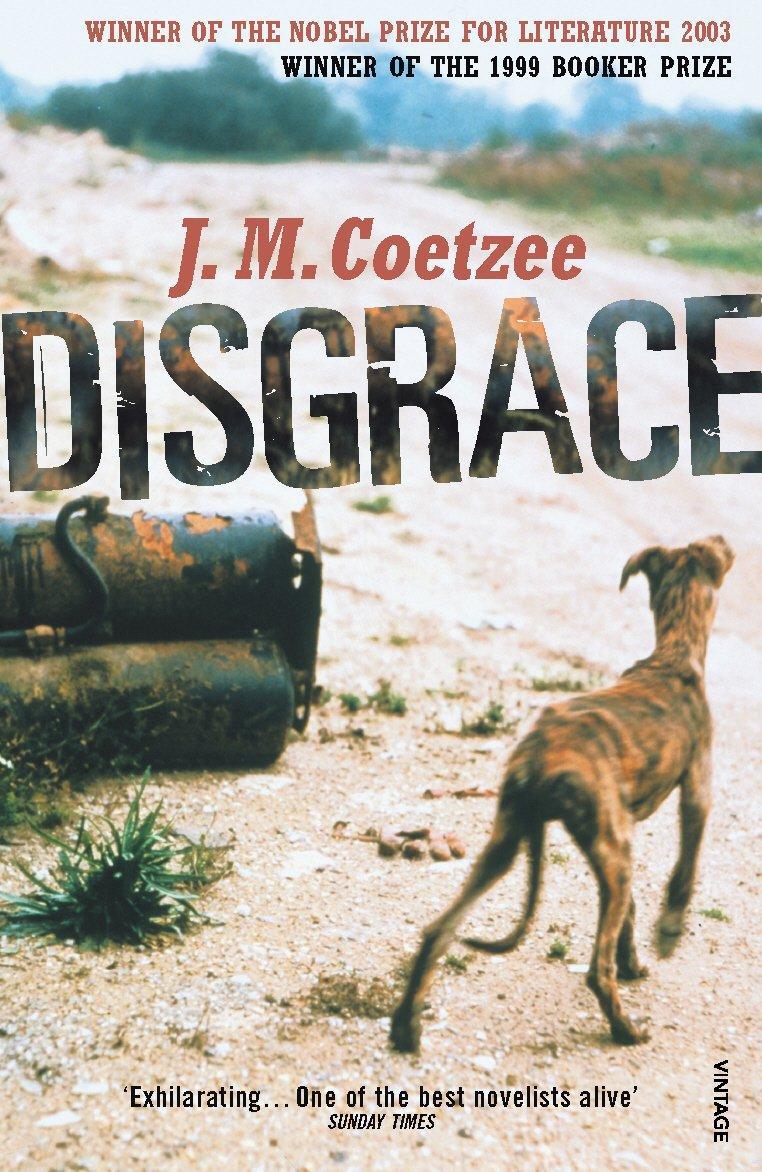Here are 5 of the best novels on the environment and the climate crisis
Since the start of lockdown, more of us have taken to our bicycles, grown our own vegetables and baked our own bread. So it’s not surprising it has been suggested we should use this experience to rethink our approach to the climate crisis.
Reading some environmental literature – sometimes called “eco-literature” – can also give us the opportunity to think about the world around us in different ways.
Eco-literature has a long literary tradition that dates back to the writings of 19th-century English romantic poets and US authors. And the growing awareness of climate change has accelerated the development of environmental writing.
Animal’s People
by Indra Sinha

Indra Sinha’s Animal’s People looks at the Bhopal gas explosion in India – one of the most horrific environmental disasters of the 20th-century. A poisonous gas leak from a US-owned pesticide plant killed several thousand people and injured more than half a million.
The main character in the novel, Animal, is a 19-year-old orphaned boy who survives the explosion with a deformed body. This means he must “crawl like a dog on all fours”. Animal does not hate his body, but embraces his animistic identity – offering an unconventional non-human perspective.
With this wounded “human-animal” figure, Sinha puts forward his critique of India’s postcolonial conditions and demonstrates how western capitalist domination continues to damage people and the environment in contemporary postcolonial society.
My Year of Meats
by Ruth Ozeki

Ruth Ozeki’s novel intermingles themes such as motherhood, environmental justice and ecological practice to explore the appalling use of growth hormones in the US meat industry from a feminist ecocritical perspective.
The novel employs a “documentary” narrative mode and begins with a TV cooking show – sponsored by a meat company. While filming the show, Jane Takagi-Little, the director, encounters a vegetarian lesbian couple who reveal the ugly truth about the use of growth hormones within the livestock industry. The encounter motivates Jane to undertake a documentary project to uncover how growth hormones poison women’s bodies.
Through a deliberate choice to make all her main characters female, Ozeki draws her readers’ attention to nonconforming, atypical female figures who rebel against social or cultural norms inherent in patriarchal capitalist society.
Disgrace
by JM Coetzee

In Disgrace, J M Coetzee, a celebrated Nobel Prize laureate, who is also known for his outspoken defence of animal rights, interweaves a brutal dog-killing scene with the gang-rape of a white South African woman by three black men.
Praised as belonging to the South African postcolonial canons, the novel explores complex issues of white supremacy and anticolonial resistance as well as racial and gender violence. It ties these issues with humans’ domination and exploitation of the animals and further challenges our ethical position.
The combination of these two acts – the killing of dogs and the rape of a woman – can be read as Coetzee’s ecocritique of the colonial violence against nonhuman beings and the natural environment.
The Man with the Compound Eyes
by Wu Ming-yi

Climate fiction or the so-called “cli-fi” takes on genuine scientific discovery or phenomenon and combines this with a dystopian or over the top twist. This approach underlines the agency of non-human beings, environments or even phenomena – such as trees, the ocean, or a tsunami.
Wu Ming-yi’s novel is composed of four narratives, the stories of a Taiwanese university professor, a boy from the mythical Wayo Wayo island and two other city-dwelling indigenous characters. Their stories are viewed in fragments from the multiple perspectives of the “compound eyes”. At the backdrop is a tsunami which causes the Great Pacific Garbage Patch to crash on to the eastern coast of Taiwan and Wayo Wayo, bringing together all their stories.
Wu blends this unrealistic event with the real-life trash vortex to draw our attention to the severe environmental problems of waste dumping and our unsustainable lifestyles.
The Overstory
by Richard Powers

The Overstory is praised by critics for its ambition to bring awareness to the life of trees and its advocacy to an ecocentric way of life. Powers’ novel sets out with nine distinctive characters – which represent the “roots” of trees. Gradually their stories and lives intertwine to form the “trunk”, the “crown” and the “seeds”.
One of the characters, Dr Patricia Westerford, publishes a paper showing trees are social beings because they can communicate and warn each other when a foreign intrusion occurs. Her idea, though presented as controversial in the novel, is actually well supported by today’s scientific studies.
Despite her groundbreaking work, Dr Westerford ends up taking her own life by drinking poisonous tree extracts at a conference – to make it clear humans can only save trees and the planet by ceasing to exist.
These are just a few books with a specific focus on environmental issues – perfect for your current reading list. To everyone’s surprise, this global lockdown has given us some eco-benefits, such as a sudden dip in carbon emissions and the huge decline in our reliance on traditional fossil fuel energy. Maybe if we can learn from this experience we can move towards a greener future.
Ti-han Chang is a lecturer in Asia-Pacific studies at the University of Central Lancashire. This article was first published in The Conversation
tinyurlis.gdv.gdv.htclck.ruulvis.netshrtco.de
